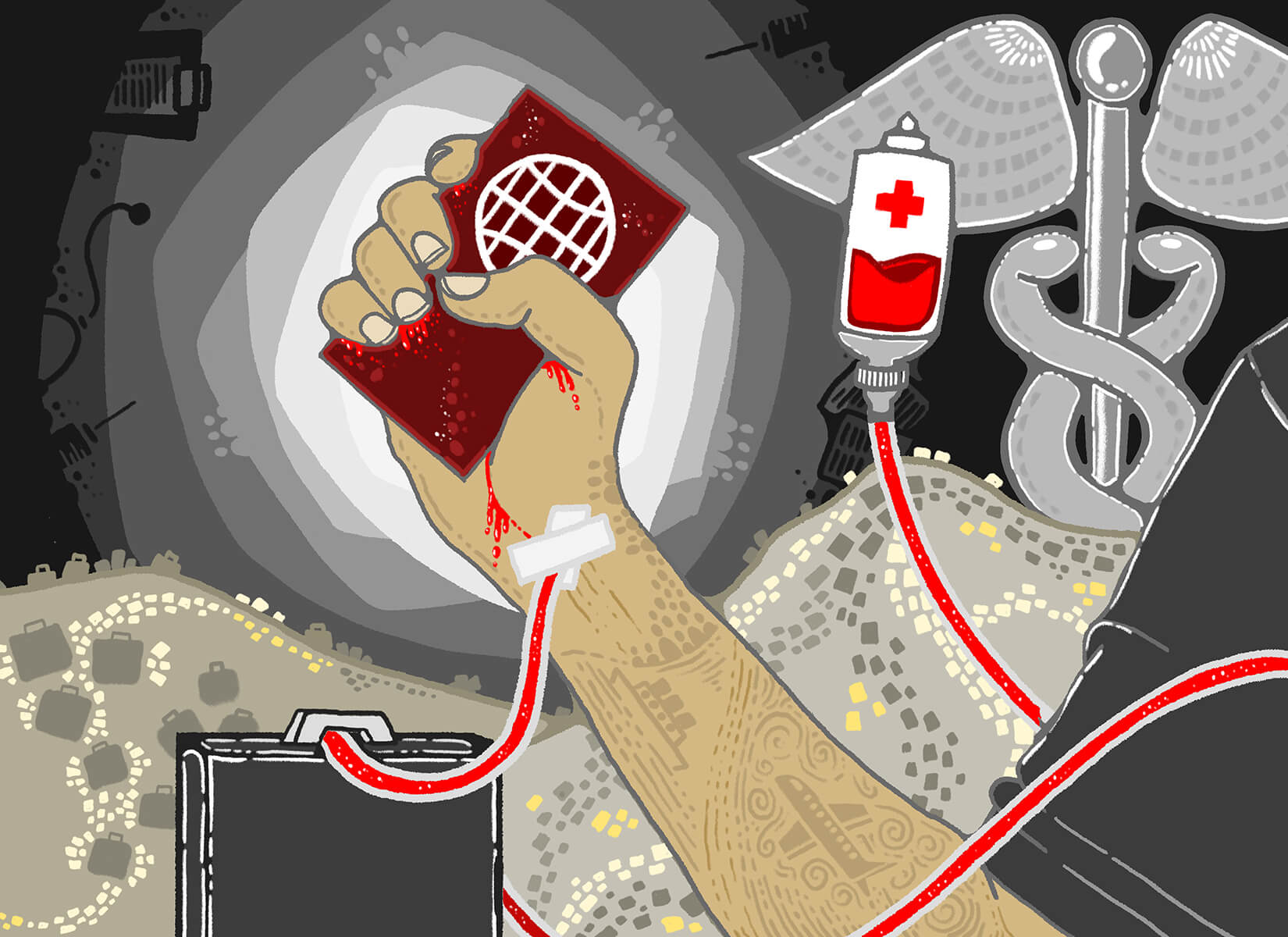Immigration Medicine
Scholarly Definition
The immigration medical examination is set within an immigration application process focused on detecting, diagnosing and producing biomedical evidence that may disqualify an applicant or create serious challenges for the delivery of care to people with chronic illness and developmental or genetic otherness. In the immigration medical examination, the doctor’s official role is to do this detecting, diagnosing and record keeping on each applicant. In this worksite, there is a distinction between the doctor’s clinical reasoning and practice, with which the work of physicians is most typically associated, and the immigration doctor’s administrative work of assembling medical information for an immigration file that intends decisions made by others, elsewhere at later stages, as they handle an applicant’s medical file about that person’s medical inadmissibility. Most of the estimated 500,000 annual immigration medical examinations happen outside of Canada.
Artist Statement
Medically examining applicants for permanent residency to channel people to health and social services is a good idea. This is not the role of the immigration doctor in the immigration medical examination. In this illustration, I am problematizing this doctor-patient relationship and asking questions about this role and job function. We see the caduceus, as a signifier of medical practice, serving as an intravenous drip. Blood is being supplied to a person applying to immigrate as she or he clutches a passport. The travel document breaks the surface of the skin, emphasizing harm. Off in the distance are heaps of paper and piles of suitcases. These papers and their carrying cases are the ‘stuff’ of immigrating. People’s state issued documents related to immigration are cherished items precisely because it takes a lot of time, effort and skill to acquire them.
Digital art © Ujwal Mantha



